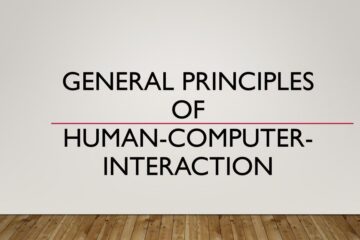There are several components of HCI that are essential for creating effective and usable computer systems and applications.
Some of the key components of HCI include:
User Interface Design: This involves designing the visual and interactive components of a computer system or application, such as menus, buttons, icons, and other graphical elements. The goal is to create an interface that is intuitive, easy to use, and visually appealing.
Interaction Design: This involves designing the ways in which users interact with a computer system or application, such as through touchscreens, keyboards, or voice commands. Interaction design aims to create a seamless and efficient experience for users.
Human Factors: This involves studying how people interact with technology and how technology can be designed to better meet the needs of users. Human factors includes areas such as cognitive psychology, ergonomics, and usability testing.
Information Architecture: This involves designing the organization and structure of information within a computer system or application. Information architecture aims to create an information hierarchy that is logical, easy to navigate, and meets the needs of users.
User Experience: This encompasses the overall experience that users have when interacting with a computer system or application. User experience includes factors such as usability, aesthetics, accessibility, and user satisfaction.
These components work together to create a holistic approach to designing and evaluating computer systems and applications that are effective, efficient, and user-friendly.
#HumanComputerInteraction #Human #Computer #Interaction #components





